
At eight in the morning we got on a heavy-duty, cross-county bus in the hotel carpark and travelled for an hour and a half to the "Happy" waterfall.
![]()
![]()
![]()
![]()
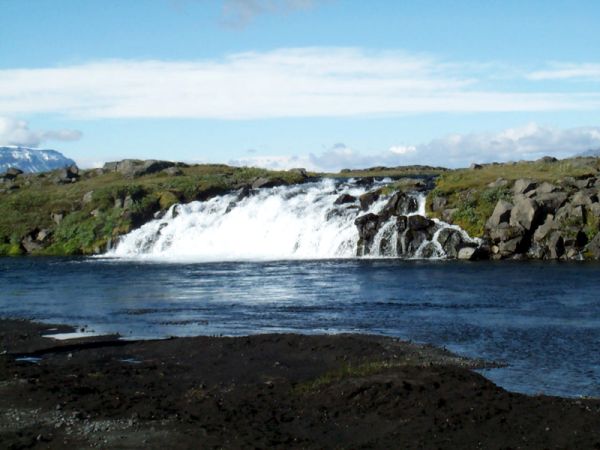
![]()
![]()
![]()
![]()
Well, it seems quite cheerful
We moved on to a rather less jolly waterfall.
![]()
![]()
![]()
![]()
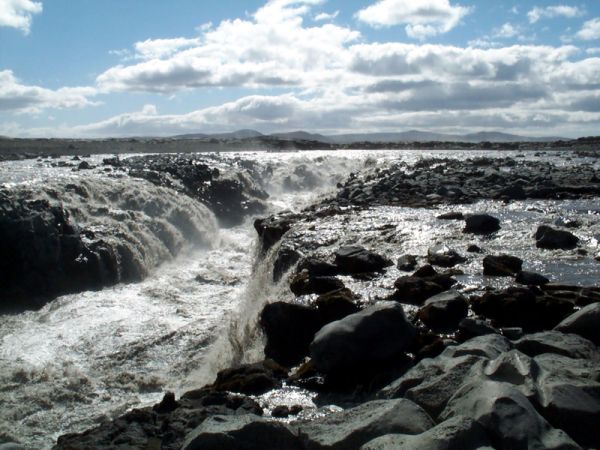
![]()
![]()
![]()
![]()
The water looks muddy as it is carrying a lot of silt
After another hour of travelling we had a short rest break at a campsite.
![]()
![]()
![]()
![]()
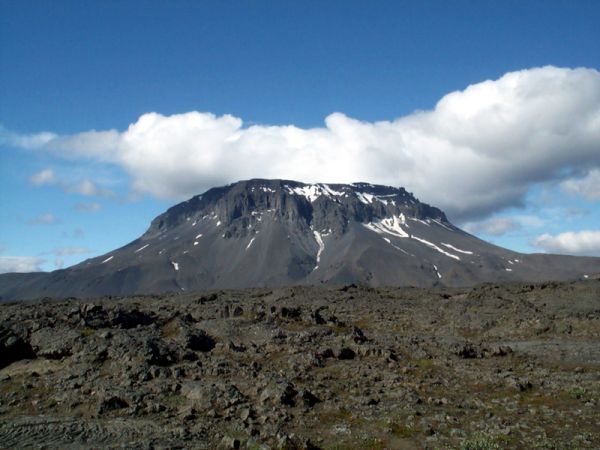
![]()
![]()
![]()
![]()
Herðubreið, known as the Queen of Icelandic Mountains
We arrived at the Askja volcano site a bit before one o'clock. This volcano exploded in 1875 covering hundreds of square miles with pumice stone. Finer grit fell as far away as Moscow and the dust in the atmosphere scattered light so that it was possible to read a newspaper in London at midnight. The crater formed by the eruption is filled with warm water so you can swim in it if you don't mind stinking of sulphur for days later.
![]()
![]()
![]()
![]()
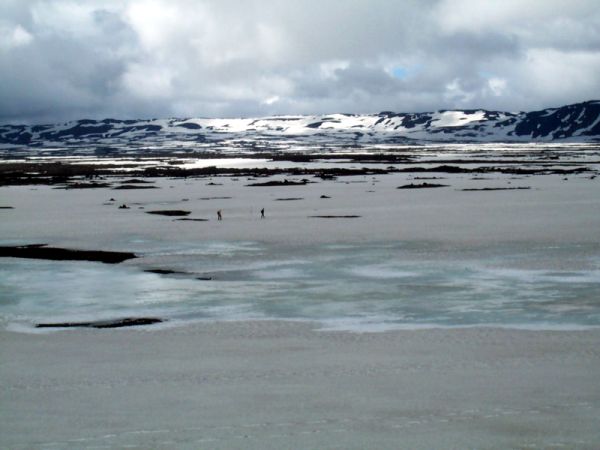
![]()
![]()
![]()
![]()
A wide snowfield to trudge across to reach the crater. At least it wasn't me who lost a boot in a mud puddle
![]()
![]()
![]()
![]()
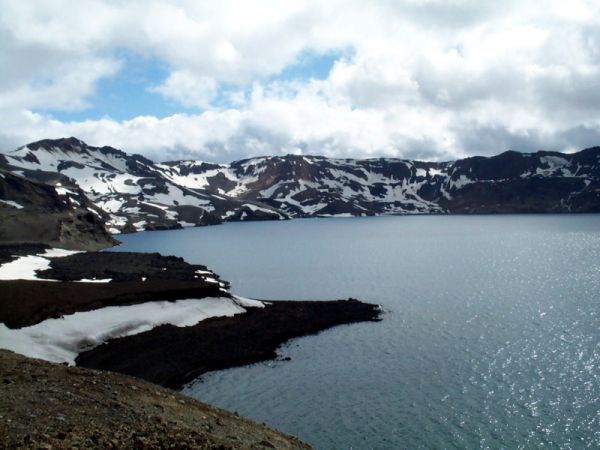
![]()
![]()
![]()
![]()
A lake formed by the explosion. This one isn't warm
We left the volcano site at about 3 o'clock and stopped after half an hour at another campsite for a rather late lunch. When wandering around I was reminded that pumice stone actually floats on water as I got a wet foot after I stepped through what I thought was a pile of stones by the side of a stream.
![]()
![]()
![]()
![]()
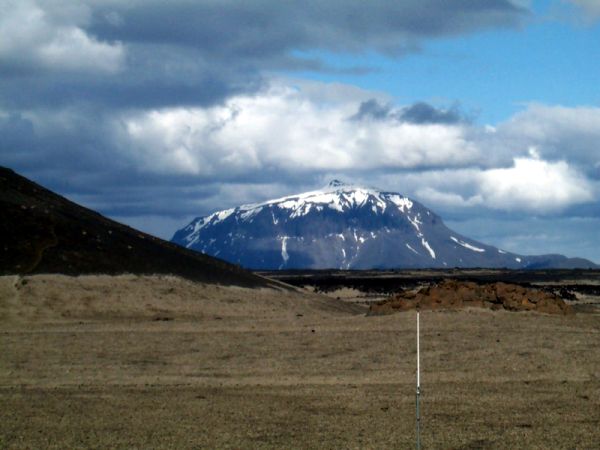
![]()
![]()
![]()
![]()
Herðubreið from another angle
We didn't get back to the hotel until half-seven in the evening. In conclusion, the day was a long one and probably not really worth it. Dinner was mushroom soup followed by salmon.